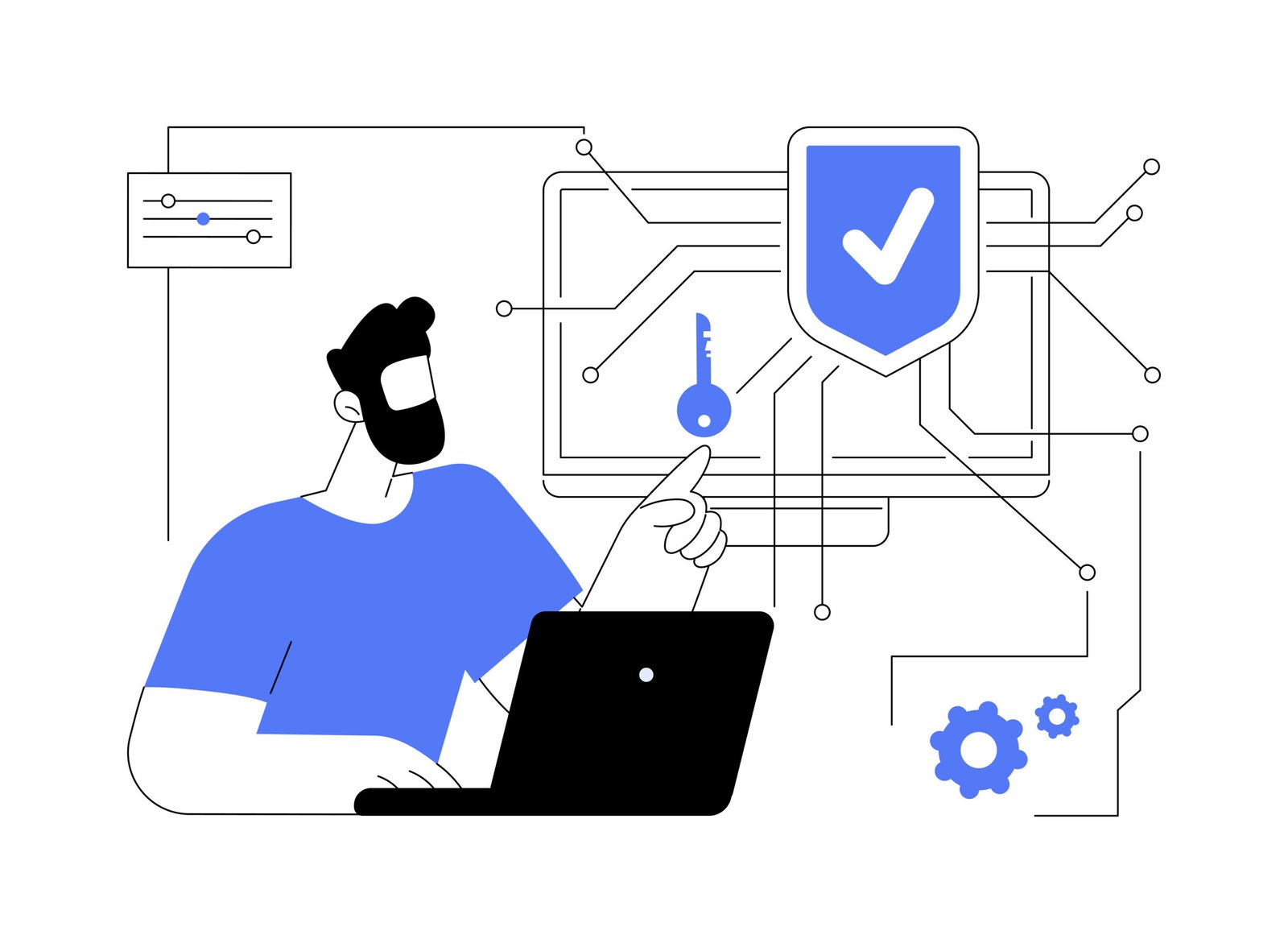
Send Your Article To : SEND NOW

In today’s technologically driven world, ensuring the digital safety of a company isn’t just important; it’s paramount. Businesses across the globe are becoming increasingly vulnerable to cyber threats. The consequences of a breach can range from financial losses to reputational damage. You must secure your company’s digital assets as a business owner or stakeholder. But where should you begin?
A few lines into your quest for digital safety, you might have considered looking for a guide for improving Cyber Security. This guide typically includes a set of best practices that businesses should follow to protect themselves from online threats. Dive deeper with us as we explore the world of digital safety for companies, providing you with the knowledge and tools needed to fortify your digital defenses.
Understanding The Threat Landscape

Before you can defend against threats, you must understand what you’re up against. The digital world is rife with malicious actors, from lone-wolf hackers to state-sponsored cybercriminal groups.
- Phishing Attacks: Phishing attacks are a common cyber threat where attackers trick individuals into revealing sensitive information such as passwords, credit card details, or personal information. These attacks are typically carried out through deceptive emails or fraudulent websites that mimic trustworthy entities like banks or popular web services. By recognizing the signs of a phishing attack, such as suspicious email addresses or requests for sensitive information, individuals can avoid falling victim to these scams.
- Ransomware Attacks: These involve using malicious software that encrypts the victim’s data, rendering it inaccessible until a ransom is paid to the attacker. These attacks often target individuals or organizations that rely on critical data, such as healthcare institutions or financial services. Recognizing the signs of a ransomware attack, such as sudden file encryption or ransom messages, can help individuals and organizations immediately minimize the impact and prevent further spread.
- DDoS Attacks: Distributed Denial of Service (DDoS) attacks aim to overwhelm a targeted system or network infrastructure by flooding it with traffic from multiple sources. This flood of traffic causes the system to become overwhelmed and unable to function properly, resulting in downtime and service interruptions. Recognizing the signs of a DDoS attack, such as unusually high network traffic or degraded performance, enables organizations to implement appropriate mitigation strategies to minimize the impact and restore normal operations.
Recognizing these threats is the first step to combatting them effectively.
Implementing Robust Security Measures
Armed with knowledge, it’s time to act. While understanding threats is essential, the preventive measures you take truly count.
- Firewalls: Think of firewalls as gatekeepers, filtering out unauthorized access and protecting your internal networks.
- Antivirus Software: Regularly updated antivirus software can detect, quarantine, and eliminate many threats that aim to compromise your systems.
- Multi-factor Authentication (MFA): This adds a layer of security, requiring users to provide two or more verification methods before granting access.
Moreover, it’s crucial to keep all your software and systems updated. Often, hackers exploit vulnerabilities in outdated software.
Educating Your Team
No security measure will be effective if your team isn’t on board. Employees are often the first line of defense against cyber threats.
- Training Sessions: Regular sessions should be held to educate your team on the latest threats and how to recognize them.
- Safe Internet Practices: Encourage employees to use strong, unique passwords, avoid suspicious links, and be wary of email attachments from unknown sources.
- Creating a Culture of Security: Make digital safety a part of your company culture. When everyone is vigilant, threats have a harder time penetrating your defenses.
Backing Up Critical Data
If you’re ever hit by an unexpected cyber threat, having a backup of your critical data can be a lifesaver.
- Regular Backups: Schedule regular backups of all essential data. This ensures that your business can bounce back even in the face of adversity.
- Cloud Storage: Using cloud storage solutions can offer an additional layer of protection, with many providers offering built-in security measures.
- Testing Backup Systems: It’s not enough to have backups. Ensure they work by running periodic tests.
Monitoring and Responding to Threats
Digital safety is not a one-time task. It requires constant vigilance. Monitoring your systems will help you spot irregularities before they become full-blown issues.
- Intrusion Detection Systems (IDS): These systems monitor network traffic, detecting suspicious activities and alerting administrators.
- Incident Response Plan: Have a clear plan detailing the steps to take if a security breach occurs. This ensures a swift and effective response, minimizing damage.
Conclusion
In the digital age, safety is not just about locking doors; it’s about fortifying digital gateways, educating teams, and being ever-vigilant. Your business’s reputation, financial stability, and future growth depend on it. Don’t be left vulnerable; use this guide as a foundation and continuously build upon your security measures to ensure you’re always ahead of potential threats.
Recent Posts
- Epimedyumlu Macun in UAE: Benefits, Availability & Price Guide
- What is MGO in Manuka Honey? - Manuka Honey MGO chart
- Logan Paul vs Mayweather: The Boxing Showdown Between the Celebs
- Ash Trevino : Controversial TikTok Star's Controversy and More
- How Image Format Impacts Website Load Speed and Ranking
- Unlocking the Power of Janitor AI : Revolutionizing Workflow Automation
- NSA Warning Update: How to Protect Your Messaging Apps from Cyber Threats
- Bedroom Modern Pop Plus Minus Design: The Ultimate Guide to Contemporary Elegance
